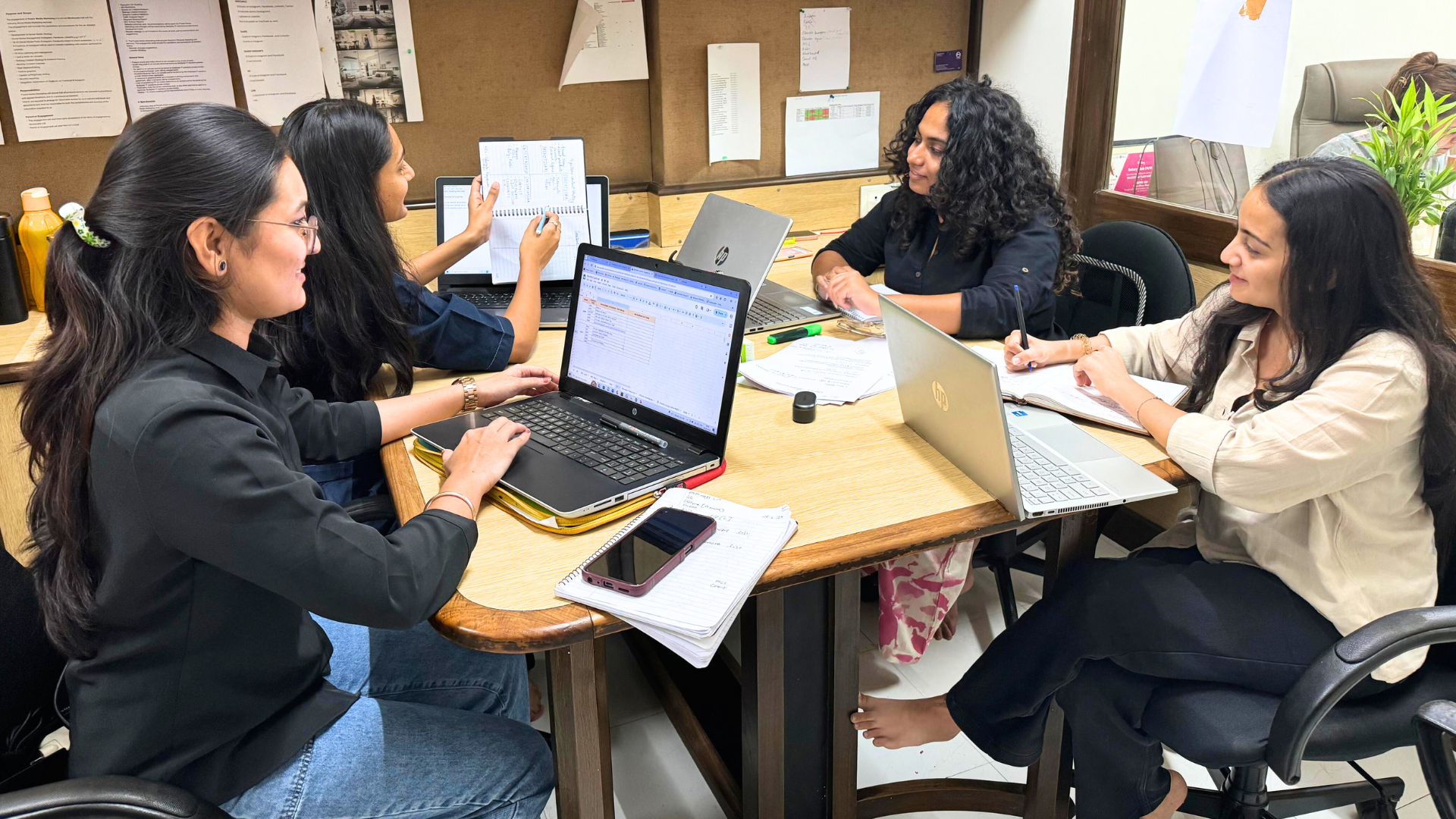In today’s highly competitive digital landscape, crafting people-first content has become essential for businesses looking to connect with their target audience. But what exactly is people-first content, and how can you create it? In this article, we will explore the concept of people-first content and provide you with actionable tips on how to craft it effectively.
People-first content revolves around creating valuable and meaningful experiences for your readers or customers. It focuses on understanding their needs, desires, and pain points and providing relevant solutions. By putting people at the center of your content strategy, you can foster trust, build relationships, and ultimately drive conversions.
To craft people-first content, you need to start by conducting thorough research on your target audience. This includes understanding their demographics, interests, and online behavior. By uncovering these insights, you can tailor your content to resonate with your audience on a deeper level.
In addition, it’s crucial to prioritize quality over quantity. Ensure that your content is well-written, engaging, and provides valuable information or entertainment. Incorporate keywords naturally and avoid overstuffing to maintain a seamless reading experience.
By incorporating these strategies into your content creation process, you can create people-first content that not only ranks high on search engines but also captivates and converts your audience. So, let’s dive in and discover the art of crafting people-first content!
Table of Contents
ToggleUnderstanding Your Target Audience
Before you can create people-first content, it is crucial to have a clear understanding of your target audience. This requires conducting thorough research to uncover insights about their demographics, interests, and online behavior. By understanding your audience, you can tailor your content to resonate with them on a deeper level.
Start by identifying the demographics of your target audience. This includes their age, gender, location, and other relevant factors. Understanding these demographics will help you create content that is specifically tailored to their preferences and needs.
Next, delve deeper into their interests and preferences. What are their hobbies, passions, and values? What topics are they interested in? By understanding what resonates with your audience, you can create content that captures their attention and keeps them engaged.
In addition, it is important to understand the online behavior of your target audience. How do they consume content? Are they more likely to engage with long-form articles, videos, or infographics? By uncovering these insights, you can create content in the formats that are most likely to resonate with your audience.
By conducting thorough research on your target audience, you can gain valuable insights that will inform your content creation process. This understanding will help you create people-first content that captures the attention of your audience and drives results.
Conducting Audience Research
To create people-first content, it is essential to conduct thorough audience research. This research will help you uncover insights about your target audience’s needs, desires, and pain points, allowing you to create content that provides valuable solutions.
Start by leveraging tools and analytics to gather data about your audience. Google Analytics, for example, can provide valuable insights about the demographics and online behavior of your website visitors. Social media analytics tools can also help you understand the interests and preferences of your social media followers.
In addition to data analytics, consider conducting surveys or interviews to gather qualitative insights about your audience. This can involve reaching out to your existing customers or running targeted surveys to collect feedback and understand their pain points.
By combining quantitative and qualitative research methods, you can gain a holistic understanding of your target audience. This understanding will help you create content that resonates with them on a deeper level and provides valuable solutions to their problems.
Creating User Personas
One effective way to understand and connect with your target audience is by creating user personas. User personas are fictional representations of your ideal customers, based on the insights you have gathered through audience research.
To create user personas, start by combining the demographic information you have gathered with the insights about your audience’s interests, preferences, and pain points. Give each persona a name and create a detailed description of their background, goals, and challenges.
For example, if you are a fitness brand targeting young adults, you might create a user persona named “Active Amy.” Active Amy is a 25-year-old female who is passionate about fitness and leading a healthy lifestyle. She works a full-time job and struggles to find time to exercise. Her goals include losing weight and increasing her fitness level, but she faces challenges such as lack of motivation and limited nutrition knowledge.
By creating user personas like Active Amy, you can humanize your target audience and better understand their motivations and challenges. This understanding will help you create content that speaks directly to their needs and provides solutions to their problems.
Crafting Content That Resonates With Your Audience
Once you have a clear understanding of your target audience and have created user personas, it’s time to start crafting content that resonates with them. Here are some strategies to help you create people-first content that captures the attention of your audience:
Incorporating Storytelling In Your Content
Storytelling is a powerful tool for engaging your audience and creating a connection with them. Instead of simply presenting facts or information, use storytelling techniques to make your content more relatable and memorable.
Start by identifying the stories that are relevant to your audience. These could be stories of real people who have benefited from your products or services, or stories that highlight the challenges and solutions related to your industry. By sharing these stories, you can create an emotional connection with your audience and make your content more impactful.
Using Conversational Language And Tone
When creating people-first content, it is important to use conversational language and tone. Avoid using jargon or complex language that may alienate your audience. Instead, aim to communicate in a way that feels natural and relatable.
Imagine that you are having a conversation with your audience and write your content accordingly. Use words and phrases that your audience would use in their everyday lives. This will help create a sense of familiarity and make your content more engaging.
Optimizing Content For Readability And Accessibility
To create people-first content, it is important to optimize your content for readability and accessibility. This involves using clear headings and subheadings, breaking up text with bullet points or numbered lists, and using visuals such as images or infographics to enhance understanding.
In addition, ensure that your content is accessible to all users, including those with disabilities. This can involve using alt tags for images, providing transcripts for videos, and using accessible color schemes for text and backgrounds. By making your content accessible, you ensure that it can be enjoyed by a wider audience.
By incorporating these strategies into your content creation process, you can create people-first content that not only ranks high on search engines but also captivates and converts your audience.
Conclusion: The Power of People-First Content
In today’s competitive digital landscape, crafting people-first content has become essential for businesses looking to connect with their target audience. By putting people at the center of your content strategy, you can build trust, foster relationships, and ultimately drive conversions.
To create people-first content, start by conducting thorough research on your target audience. Understand their demographics, interests, and online behavior to tailor your content to resonate with them on a deeper level. Create user personas to humanize your audience and better understand their motivations and challenges.
Craft your content using storytelling techniques to engage your audience and create a connection with them. Use conversational language and tone to make your content relatable and accessible. Optimize your content for readability and accessibility to ensure that it can be enjoyed by a wider audience.
By incorporating these strategies into your content creation process, you can create people-first content that not only ranks high on search engines but also captivates and converts your audience. So, embrace the power of people-first content and start crafting meaningful experiences for your readers or customers today.
FAQs
Q1: What is the main difference between people-first content and traditional SEO-focused content?
Ans. People-first content aims to solve readers’ problems and provide value, while traditional SEO-focused content sometimes prioritizes keyword placement over genuine usefulness.
Q2: Why is people-first content important for businesses?
Ans. It builds trust with your audience, increases brand loyalty, and can improve search rankings as people will naturally share and link to your content.
Q3: How do I find out what kind of content my audience wants?
Ans. Research is key! This includes:
Analyzing website data (Google Analytics)
Social media listening (comments, trends)
Surveys and direct questions to customersQ4: Can I still use keywords with people-first content?
Ans. Yes! Keywords remain important, but incorporate them naturally into high-quality writing, rather than forcing them in where they disrupt the reader’s flow.
Q5: Does people-first content take longer to create?
Ans. It might initially, as more research is involved. However, the long-term benefits in engagement and reputation make it a worthwhile investment.
Q6: What are some examples of people-first content?
Ans. How-to guides and tutorials
Expert advice or interviews
Case studies showcasing success stories
In-depth blog posts addressing a key problemQ7: Is storytelling important in people-first content?
Ans. Yes! Stories help connect with readers on an emotional level, making your content both memorable and relatable.
Q8: What does “accessibility” mean in content creation?
Ans. Accessibility means making sure people with disabilities can still use and understand your content. This includes things like alt-text for images and good color contrast.
Q9: How do I measure the success of my people-first content?
Ans. Look beyond just pageviews. Track:
Time spent on page
Social Shares
Comments and engagement
Reduced customer support inquiries on the topic you covered.Q10: Is people-first content a long-term strategy?
Ans. Absolutely. Building trust and authority with your audience takes time, but the payoff in loyal customers and a strong search presence is significant.
















Select your comment provider from settings.